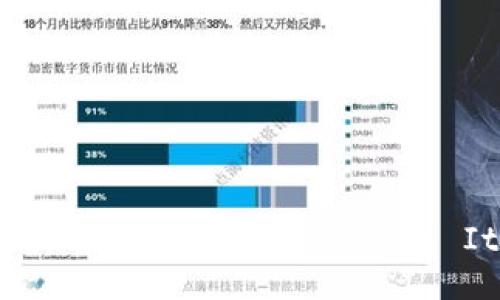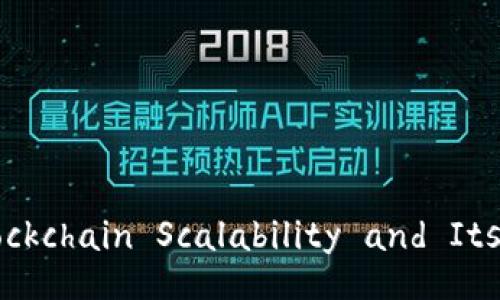Matic Network, now known as Polygon, has seen substantial growth and attention within the blockchain community, particularly concerning its native token, MATIC. The platform aims to address some of Ethereum's most pressing issues, particularly high transaction fees and slow processing times. In this detailed exploration, we will delve into the functionality of MATIC, its role in DeFi (decentralized finance), how it enhances scalability and efficiency, and the broader implications for users within the cryptocurrency space.
Polygon has transformed the way developers approach dApps (decentralized applications) and DeFi projects. As Ethereum continues to face challenges, Polygon has emerged as a solution that retains the security of Ethereum while offering faster and more cost-effective transactions. The exponential growth of DeFi in recent times has propelled MATIC to the forefront of investors' minds, as it facilitates numerous applications within this rapidly evolving ecosystem. Let's break down various aspects of MATIC and its functions.
What is the MATIC Token?
MATIC is the native cryptocurrency of the Polygon network, which was designed to serve multiple purposes within its ecosystem. Primarily, MATIC is used for paying transaction fees, staking, and participating in governance. Its importance stems from Polygon's mission to create a more scalable and efficient Ethereum blockchain. By utilizing a range of Layer 2 solutions (optimistic rollups, zk-rollups, etc.), Polygon enables lower transaction fees and faster confirmation times compared to the Ethereum main chain. This makes it an attractive option for developers and users alike.
Users can stake MATIC tokens to earn rewards and participate in securing the network. This feature incentivizes users to hold onto their tokens, contributing to the network's security while generating passive income. Additionally, MATIC holders can vote on network proposals, enhancing community involvement in the decision-making process. This multi-faceted approach makes MATIC not just a speculative asset but also a vital part of Polygon’s operational framework.
How Does MATIC Enhance Scalability on Ethereum?

Scalability is a critical issue affecting the Ethereum blockchain, especially with the rise of decentralized applications and DeFi platforms. During peak transaction periods, users experience high gas fees and long processing times, which can deter participation. Polygon’s Layer 2 scaling solutions offer a pathway to alleviate these issues.
One of the primary mechanisms used by Polygon is Plasma, which allows for the creation of child chains, thereby lifting some of the transactions off the main Ethereum chain. Plasma facilitates faster transactions with significantly lower fees, as it reduces the load on the Ethereum network. Furthermore, Polygon employs a system of checkpoints that links the child chains back to the Ethereum main chain, ensuring that all transactions maintain a high level of security.
Another effective scaling method utilized by Polygon is zk-rollups. By bundling multiple transactions into one, zk-rollups minimize the amount of data processed on-chain. This leads to fewer gas fees and quicker transaction confirmations. Overall, MATIC plays a crucial role in these processes, allowing users to transact seamlessly without compromising on security.
What Are the Implications of MATIC for DeFi?
The DeFi sector has experienced a meteoric rise, with thousands of projects launching on Ethereum that provide various financial services. However, the network's limitations have posed challenges for these applications. MATIC and the Polygon network provide a solution that can enable DeFi projects to flourish without the hindrance of high transaction costs.
With lower fees and faster speeds enabled by MATIC transactions, developers can create innovative financial products—yield farming, decentralized exchanges, lending protocols—without passing on exorbitant costs to users. This accessibility opens the door for more user participation, which is essential for a thriving DeFi ecosystem. Additionally, as liquidity on Polygon increases, users benefit from better trading conditions and reduced slippage on decentralized exchanges.
Moreover, various prominent DeFi projects have already integrated with Polygon, which further boosts its utility. The interoperability of MATIC with Ethereum-based assets means that existing Ethereum users can seamlessly migrate to Polygon without leaving their familiar ecosystem. This interoperability is crucial for user retention and the expansion of the DeFi landscape.
Why Should Investors Consider MATIC?

Investors looking at MATIC should consider several factors that make it an attractive investment opportunity. Firstly, the growth of the DeFi sector correlates strongly with the demand for Layer 2 solutions like Polygon. As more developers and users flock to the platform for its efficient characteristics, the utility and demand for MATIC tokens will likely increase.
Additionally, MATIC's integration with numerous dApps and platforms indicates a robust ecosystem that is continuously evolving. The underlying technology of Polygon enables it to remain flexible and adaptable to market needs, thereby maintaining a competitive edge over other Layer 2 solutions and enhancing its long-term viability.
Furthermore, staking opportunities provide a passive revenue stream for holders, encouraging them to retain their MATIC tokens rather than selling them during market fluctuations. This tokenomics aspect strengthens the potential for price appreciation over time, making it an appealing option for investors looking to hold long-term.
What Are the Risks Associated with Investing in MATIC?
Despite the potential rewards, there are inherent risks associated with investing in MATIC. One critical concern is the volatility of the cryptocurrency market as a whole. Prices can experience drastic fluctuations, which can lead to significant gains or losses within short timeframes. Investors must be prepared for this inherent risk and ensure they only invest what they are willing to lose.
Additionally, while Polygon addresses many of Ethereum's shortcomings, it still remains dependent on the Ethereum network. Should Ethereum face significant technical challenges or updates (like a hard fork), it could impact Polygon's operation and MATIC's value negatively. Investors must stay informed about developments within the Ethereum landscape since they can directly affect Polygon's status and MATIC’s market performance.
Competition is another factor to consider. Many other Layer 2 solutions and scaling projects, such as Optimism and Arbitrum, are also vying for market share in the blockchain scalability space. New entrants could potentially disrupt Polygon’s growth, impacting MATIC's adoption rates and value proposition in the long run.
In conclusion, MATIC presents a compelling case for blockchain scalability and its pivotal role in the rising DeFi sector. The ongoing development and unique solutions provided by Polygon, alongside the operational utility of MATIC, position it as a significant player in the cryptocurrency market. However, potential investors should approach with caution, weighing the risks and market dynamics carefully before making investment decisions.
### 相关问题 1. MATIC和以太坊之间的关系是什么? 2. 如何在Polygon上使用MATIC进行交易? 3. MATIC的未来发展趋势是什么? 4. 使用MATIC进行流动性挖掘的好处是什么? 5. 投资MATIC时应该考虑哪些市场因素?